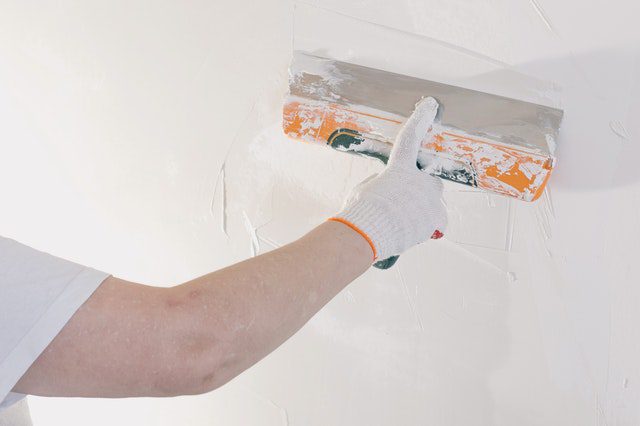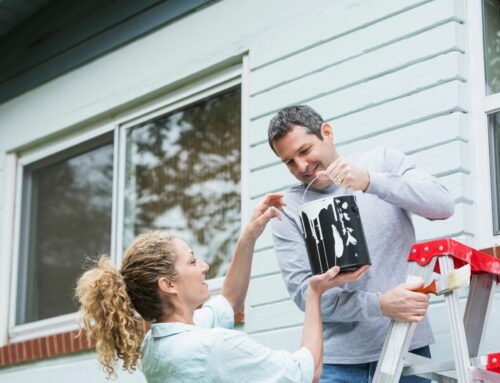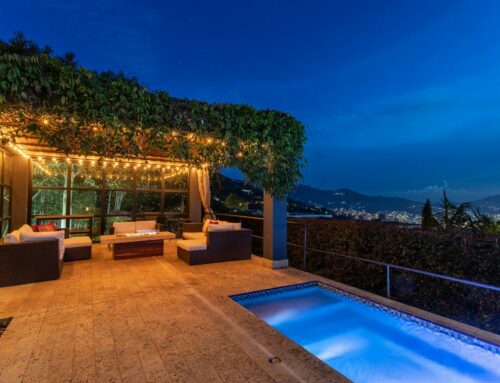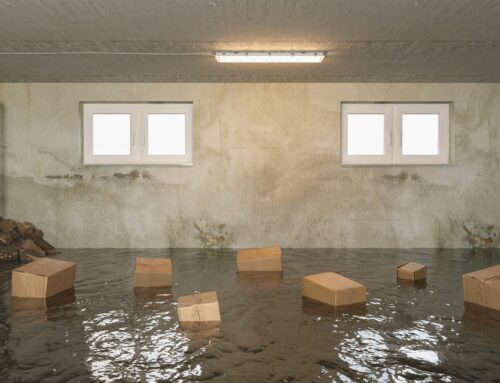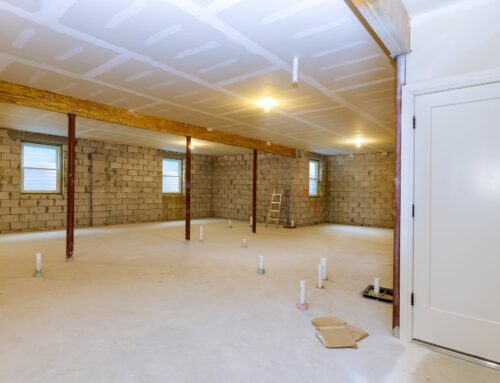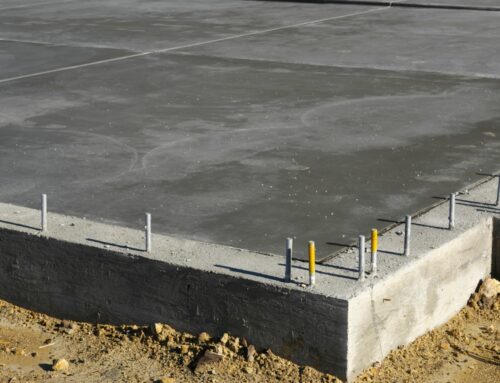Whether you’re giving your home a much-needed renovation or you’re constructing a new one, one of the features you’ll have to think of is your walls and what materials you should use.
There are two common materials used in walls, and these are drylining and plaster. Plaster is the traditional method that has been used for many years in building internal walls. Done by a professional, these walls are known for producing a thick and concrete wall.
As for drylining, this option became a hugely popular alternative for plaster walls and is a much easier and quicker technique in putting up walls, which ultimately makes it an affordable option.
Because these two options are both popular and have distinct advantages, it’s hard to distinguish which one is better than the other. If you’re having trouble figuring out if you need concrete and plaster walls or dry lining, keep reading. We’ll discuss both types of wall materials and figure out which one’s better. Let’s begin!
Dry Lining
When dealing with dry lining material, the plasterboards are first cut to fit into the walls. They are then fastened to a frame and are fastened using fiberglass mesh tape in all the corners. Professionals will then place three layers of the compound to produce a smooth finish to ensure that the wall is ready for painting.
Advantages
- Easy installation and quicker than traditional plastering, allowing you to save more on labor costs
- Adds a layer of insulation, reducing heat loss and helps lower your energy bill, perfect for colder climate locations
- Materials used to build the plasterboards are nontoxic
- Because of its popularity, dry lining is available anywhere
- Less likely to sustain damage and develop cracks compared to plaster.
Disadvantages
- Once installed, the wall lacks the solidity and sturdiness of plastered walls
- Less attractive when you apply paint to its surface because of the lack of texture and character
- Uses synthetics insulating material that cannot be recycled economically
- Sound insulation is poor
Wet Plastering
Wet plastering is long-lasting and is widely used by skilled plasterers. You install this type of wall by putting plaster on the entire wall without plasterboard and adheres to the wall securely. It is then leveled for a smooth finish and long-lasting durability and resistance. Thus, many people prefer having concrete and wall plaster in their homes for more security and aesthetics.
Advantages
- Fire-resistant and complies with safety standards
- More soundproof than dry lining walls, keeping noise out from your home
- You won’t be spending too much on maintenance since it’s incredibly durable and long-lasting
- Excellent texture and assures that its aesthetics will give your home appeal
Disadvantage
- When the wall sustains damages, it may be harder to repair or replace because of its thick material.
- More expensive than dry lining walls; however, you’re getting them done by skilled professionals who can ensure proper installation.
Conclusion
If you were on the fence about which type of wall material you’re supposed to use for your home and you’re battling between having concrete and plaster walls or dry lining walls, this article hopefully has given you enough insight to choose which one’s better for your home.
Your decision depends on what you’re looking for. If you want a cheaper and quick solution with excellent insulation, dry lining walls are your best bet. But if you wish to have better aesthetics and more effective soundproofing, invest in wet plastering. Either way, it’s best to speak to professionals and hire a skilled team to help you install the best-fit walls for your home.
Do you want to install concrete and plaster walls in your home? Speak to our team of professionals at One Stop Plastering. We’ve been in the industry for over 60 years, providing the best residential and commercial stucco and plastering services in the Bay Area. Contact us today!

